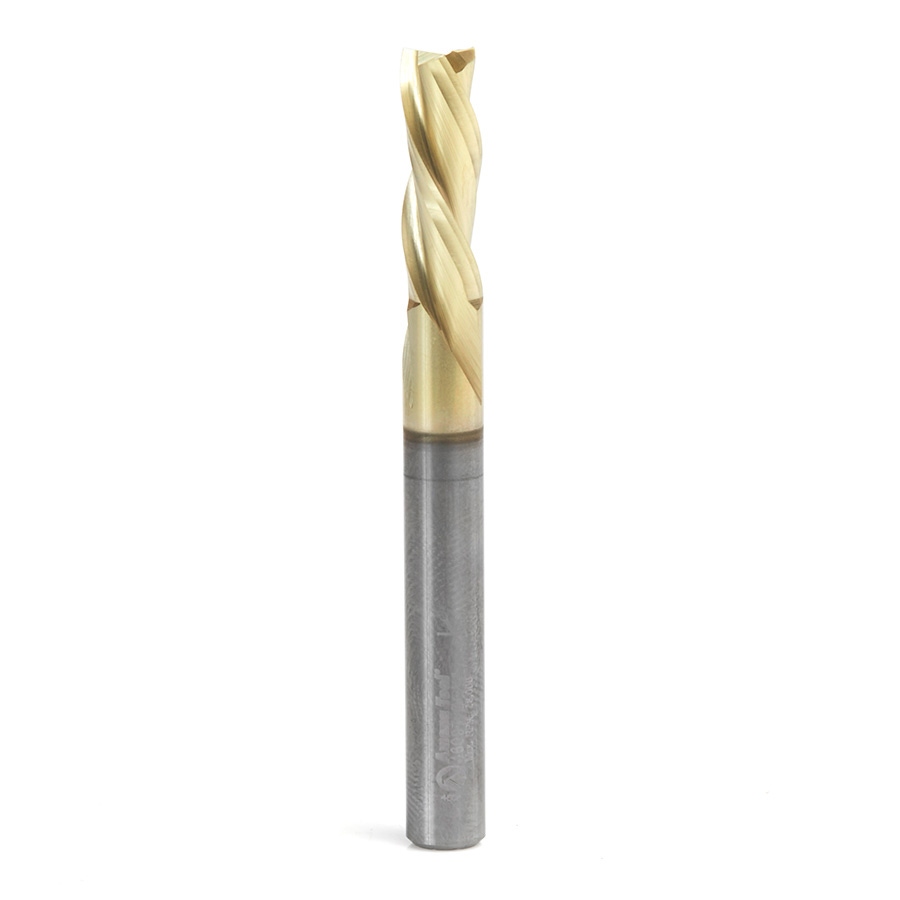Answer
Aug 27, 2018 - 12:00 AM
The hook angle is the amount of forward or backward lean each tooth has. A hook angle can be thought of as the angle at which the tip enters the material. If the saw tip enters the material at an angle it will be more efficient than if it slaps down flat. A 20 degree positive hook angle is used on rip blades to pull the wood into the blade. Standard hook angles range from 5 to 15 degrees positive. Steeper angles, from 18 to 22 degrees, are most effective for ripping and cutting softer materials. Hard materials require a shallow angle such as 6 degrees. Negative hook angles, usually -5 degrees, are used to prevent self-feeding of materials and give the operator maximum control over the feed of cut.
Using a saw blade with a positive hook angle to cut metal, such as aluminum trim, can be dangerous because the blade will have a strong tendency to grab the material causing the operator to lose control. To prevent self-feeding, sliding miter saws and radial-arm saws require a blade with a negative tooth angle.
In general, a blade with a positive hook angle is a faster-feeding blade and one with a negative hook is less aggressive. One thing we need to add here is that you ALWAYS want a negative hook for cutting metal and the new SystiMatic Melamine blade is a negative hook - it seems to work better for cutting Melamine.
Using a saw blade with a positive hook angle to cut metal, such as aluminum trim, can be dangerous because the blade will have a strong tendency to grab the material causing the operator to lose control. To prevent self-feeding, sliding miter saws and radial-arm saws require a blade with a negative tooth angle.
In general, a blade with a positive hook angle is a faster-feeding blade and one with a negative hook is less aggressive. One thing we need to add here is that you ALWAYS want a negative hook for cutting metal and the new SystiMatic Melamine blade is a negative hook - it seems to work better for cutting Melamine.



